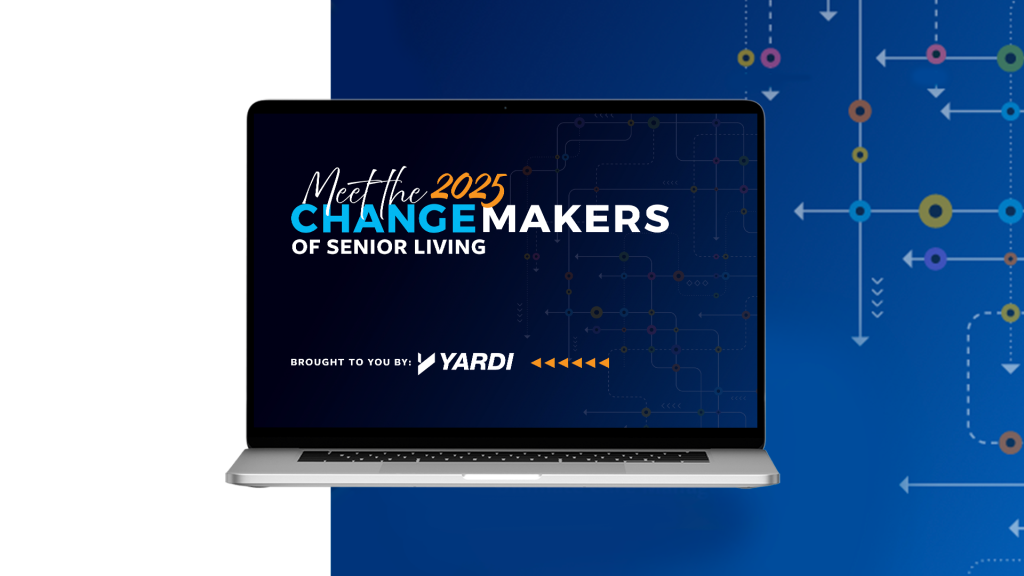By Anca Gagiuc on December 13, 2013 in Technology
I split my days between Windows and OS X. Sometimes I feel like a child whose parents got divorced and I have the responsibility of pleasing them both. At the same time I am the child who’s pampered by the parents who try to make up for their separation. For the tech lover in me, this situation is ideal: I don’t get bored and still manage to discover new features in both OS’, especially with the fierce competition between Microsoft and Apple.
The general philosophy is clearly consistence across operating systems. Microsoft does it by offering the same OS on desktop PCs and mobile devices, while Apple’s strategy is the cohabitation of two operating systems (iOS and OS X) that share gestures and some UI consistencies so that it results in a consistent experience for the customer.
After last year’s not very successful attempt of re-imagining the look and feel of Windows by adding the “touch”, but overlooking the responsiveness between devices (desktop, phone, tablet), Microsoft released the Windows 8.1 version through which it tries to calm down some of the critics. It reintroduced the Start button and included the ability to skip the Start screen and boot directly to the desktop; the colorful tiled look of the screen is ideal for tablets, but traditionalists wanted the classic desktop interface. Windows 8 is Microsoft’s attempt to create an OS that is as operational on traditional PCs and on mobile touch-screens. The idea behind the development of the dual interface is for Microsoft to gain market share in tablets while preserving Windows’ longtime

dominance of the desktop-PC arena. However, despite the aggressive marketing campaign, the software gained just 8.02 percent of the worldwide market, much behind Windows XP at 31.42 percent and Windows 7 at 46.39 percent.
One thing is certain though; Windows 8.1 washes some of the sins of Windows 8 and is probably the best Windows OS yet. It boots amazingly fast, the task manager is significantly improved, the security advanced, and the programs require less force quitting. If you’re on Windows 8, upgrade to 8.1. Updating your system should anyway be a rule; you’ll get better security, better stability, and new features that you’ll find useful.
Apple’s strength in mobile devices didn’t make them rush into merging iOS and OS X. Although the extensive reach of iPad and iPhone is affecting MacBooks, the company is slowly introducing iOS-like elements in OS X. The Launch Pad, the Mac App Store and full-screen and sandboxed apps were among the first; with the introduction of Mountain Lion the multi-touch gestures multiplied, the Notification Center got implemented, the iCloud developed, the iMessage app that communicates seamlessly with the message app in iOS became a favorite, and a few native apps were included which first appeared on iDevices. Mavericks adds Maps and iBooks to the menu. Apple chose to make baby steps, helping their customers get accustomed to the changes in a non-traumatic way. They’re intention seems to be the integration of iOS features into OS X’s desktop context completely, without forcing a round peg (represented by the mobile) into a square (represented by the desktop). Perhaps the most eloquent example is the OS X Notification Center which is not a copy of the iOS version, although it feels very similar.
Apple chose to let the PC be a PC and the mobile device be a mobile device by not having (yet?) the exact same apps and UI across all hardware, without breaking the paradigm. As for the touchscreen that doesn’t exist in the Mac world, there is a valid reasoning behind it – the integrated multi-touch elements into Macs through the touch pad are admirable. Using the touch pad as opposed to the screen feels much more natural than lifting your hands from the keyboard and mouse to poke the monitor, therefore reducing the physical impact of touch on the PC workflow. This doesn’t mean that Apple will stop the convergence between iOS and OS X. The latest hint in this direction is the iCloud website that looks and feels very much like the iOS 7.
Both OS upgrades are free, perhaps partly because of the mobile era. If this strategy will be used in the future, remains to be seen.


